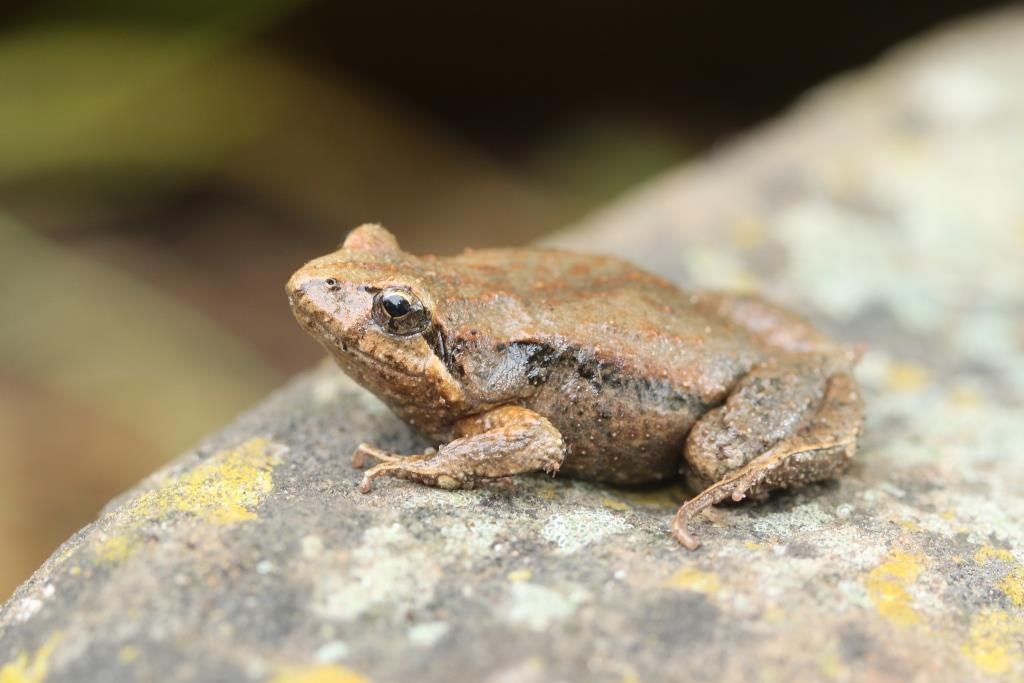Green Adelaide and the Murraylands and Riverland Landscape Board are calling on South Australians to brave the cold this June and join the FrogWatch SA Seasonal Census.

While the census is a quarterly event to monitor frog populations, with South Australia in drought it’s now more important than ever to receive data from citizen scientists on frog activity because frogs can be a great indicator of overall health of the environment.
Running from Sunday 1 June to Sunday 8 June, the seasonal census is a great opportunity for budding citizen scientists to get out and explore their local area to look for frog species, and in the process contribute to conservation efforts for frogs in South Australia.
FrogWatch SA Coordinator and Green Adelaide Education Officer Steve Walker said while frogs are a resilient animal, understanding exactly how they are faring in the current conditions is critical.
“This survey will also provide FrogWatch with interesting insights as to the affects the drought has had on frogs,” Mr Walker said.
“Frogs are amphibians, so naturally water is extremely important to them.
“They are resilient, but a prolonged drought like the one we are coming out of can have detrimental effects on their numbers.
“This census provides a valuable opportunity for us to see how numbers are doing, so we encourage as many people as possible to get involved.”
To participate, in the survey, citizen scientists will need to download the FrogSpotter app.
“Recording frog calls using the FrogSpotter app is easy and the data you record helps researchers to gather essential information on species distribution and abundance” Mr. Walker said.
The frogs don’t have to be seen to be recorded. If your phone is not compatible with the FrogSpotter app, you can submit surveys directly to the FrogWatch SA website.

Even if you can’t see a frog to confirm its identity we still want to know about as we will be able to tell the species just from its call,” Walker said.
South Australia has 31 species of frogs, which is low compared to other states, which is even more reason why this census is so important so accurate data
Two species of frogs you might be lucky enough to see or hear at this time of year are the Mount Lofty Ranges tree frog, and the only 3cm long common froglet.
The Mount Lofty Ranges tree frog can be found in the Mount Lofty Ranges, as well as the Southern Flinders, down to the Murray Valley, while the common froglet can be found from the Southern Flinders Ranges all the way down to the Limestone Coast.
“Both the Mount Lofty Ranges tree frog and common froglet are in the midst of their breeding season, meaning they should be active – I’ve personally heard both species calling recently” Mr Walker said.
To learn more, or to participate, visit FrogWatchSA.com.au